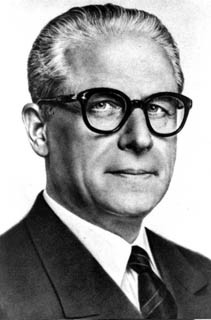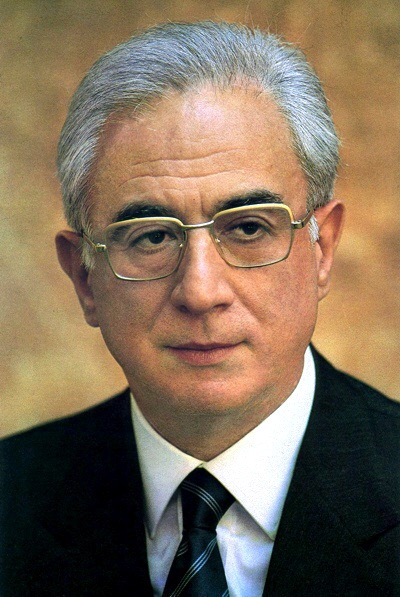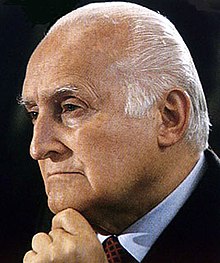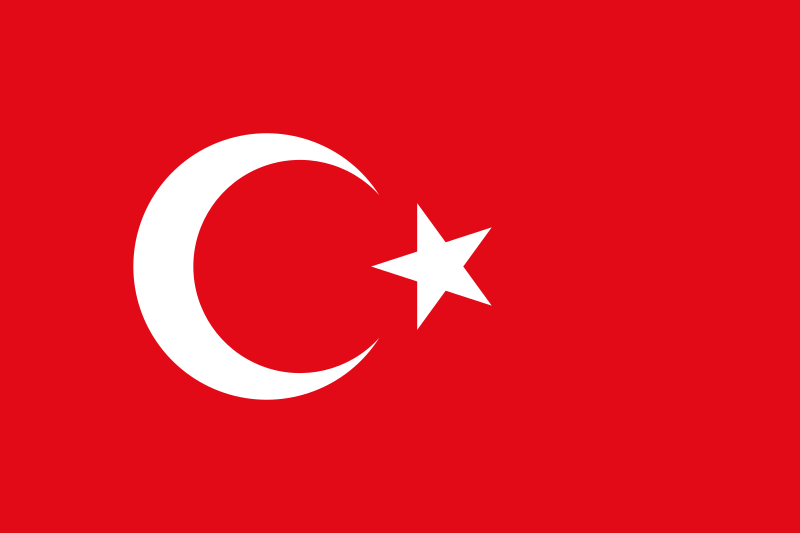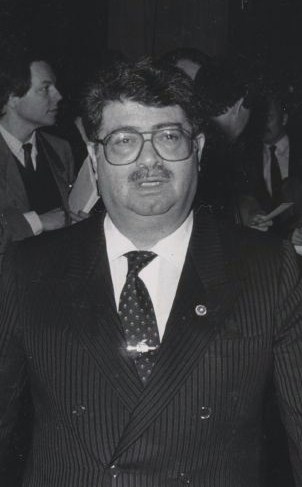The number e is an important mathematical constant, approximately equal to 2.71828, that is the base of the natural logarithms. It is the limit of (1 + 1/n)n as n becomes large, an expression that arises in the study of compound interest, and can also be calculated as the sum of the series e = 2 + 1/2 + 1/(2 × 3) + 1/(2 × 3 × 4) + 1/(2 × 3 × 4 × 5) + …
The constant can be defined in many ways; for example, e is the unique real number such that the value of the derivative (slope of thetangent line) of the function f(x) = ex at the point x = 0 is equal to 1. The function ex so defined is called the exponential function, and its inverse is the natural logarithm, or logarithm to base e. The natural logarithm of a positive number k can also be defined directly as the area under the curve y = 1/x between x = 1 and x = k, in which case, e is the number whose natural logarithm is 1. There are also more alternative characterizations.
Sometimes called Euler's number after the Swiss mathematician Leonhard Euler, e is not to be confused with γ—the Euler–Mascheroni constant, sometimes called simply Euler's constant. It is also known as Napier's constant, but Euler's choice of the symbol e is said to have been retained in his honor. The number e is of eminent importance in mathematics,[5] alongside 0, 1, π and i. All five of these numbers play important and recurring roles across mathematics, and are the five constants appearing in one formulation of Euler's identity. Like the constant π, e is irrational: it is not a ratio of integers; and it is transcendental: it is not a root of any non-zeropolynomial with rational coefficients. The numerical value of e truncated to 50 decimal places is


